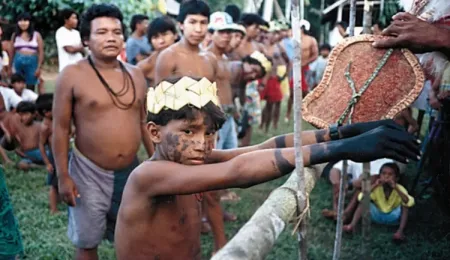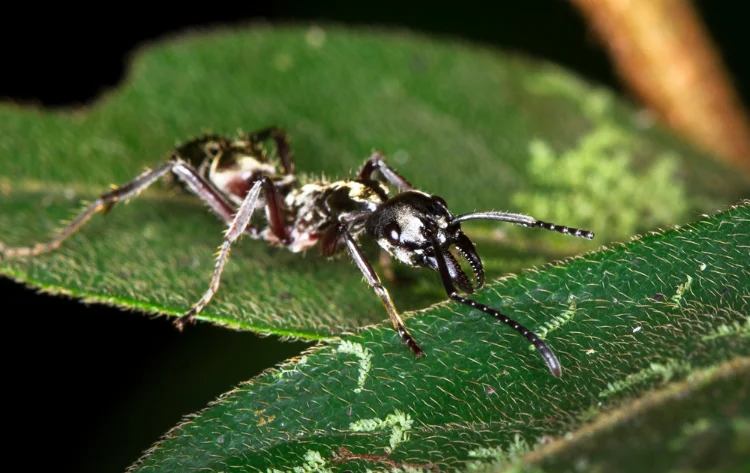Why Sateré-Mawé Warriors Endure the Bullet Ant Sting

Traditions around the world shape the identity and culture of communities, often carrying deep symbolic meaning passed down through generations. These practices can range from holidays and food customs to rites of passage and religious ceremonies. Among the many unique cultural practices, the Sateré-Mawé people of Brazil stand out for their extraordinary initiation rite involving bullet ants, a tradition that both fascinates and challenges those who learn about it.
The Sateré-Mawé Community
The Sateré-Mawé are an indigenous group primarily residing in the Amazonas region of Brazil. With a population of around 10,761, they are a small ethnic minority known for their cultural richness and significant contributions, such as the domestication of guarana, a powerful stimulant now enjoyed worldwide in various beverages. Also referred to as Mawe, Maragua, or Arapium, the Sateré-Mawé speak a language that belongs to the Tupan family. Despite their relatively small numbers, the Sateré-Mawé have gained recognition for their unique traditions, particularly their use of bullet ants in warrior initiation ceremonies.
The Bullet Ant: Nature’s Fierce Guardian

The bullet ant (Paraponera clavata) is notorious for its intensely painful sting, which has earned it a fearsome reputation across Central and South America. This ant species, found mainly in the humid lowland rainforests from Nicaragua to Honduras, is known by various names, including “24-hour ant” in Venezuela—a nod to the excruciating, day-long pain following its sting. Adult worker ants, measuring between 18-30 mm in length, are characterized by their reddish-black bodies and lack of wings.

The bullet ant’s sting is infamous for being one of the most excruciatingly painful sensations known, frequently likened to the feeling of being shot, which is how it earned the name “bullet ant.” The pain, described as a wave of intense burning and throbbing, can last for over 24 hours, making the bullet ant a formidable insect in the animal kingdom.
The Rite of Passage

For the Sateré-Mawé, the sting of the bullet ant is integral to their warrior initiation rites. The process begins by rendering the ants unconscious using a natural sedative. Once subdued, the ants are woven into leaf gloves with their stingers facing inward. The initiate must then wear these gloves for about ten minutes as the ants awaken. The venom causes immediate paralysis, and the pain can induce uncontrollable shaking and rolling for days afterward. To fully complete the initiation, the individual must undergo this ordeal 20 times over several months or even years. This ritual, though incredibly painful, is seen as a crucial step in becoming a warrior within the Sateré-Mawé community, symbolizing strength, endurance, and courage.
This unique tradition of the Sateré-Mawé, while difficult to comprehend for outsiders, underscores the powerful role that cultural practices play in defining a community’s identity and values.
[source]
























